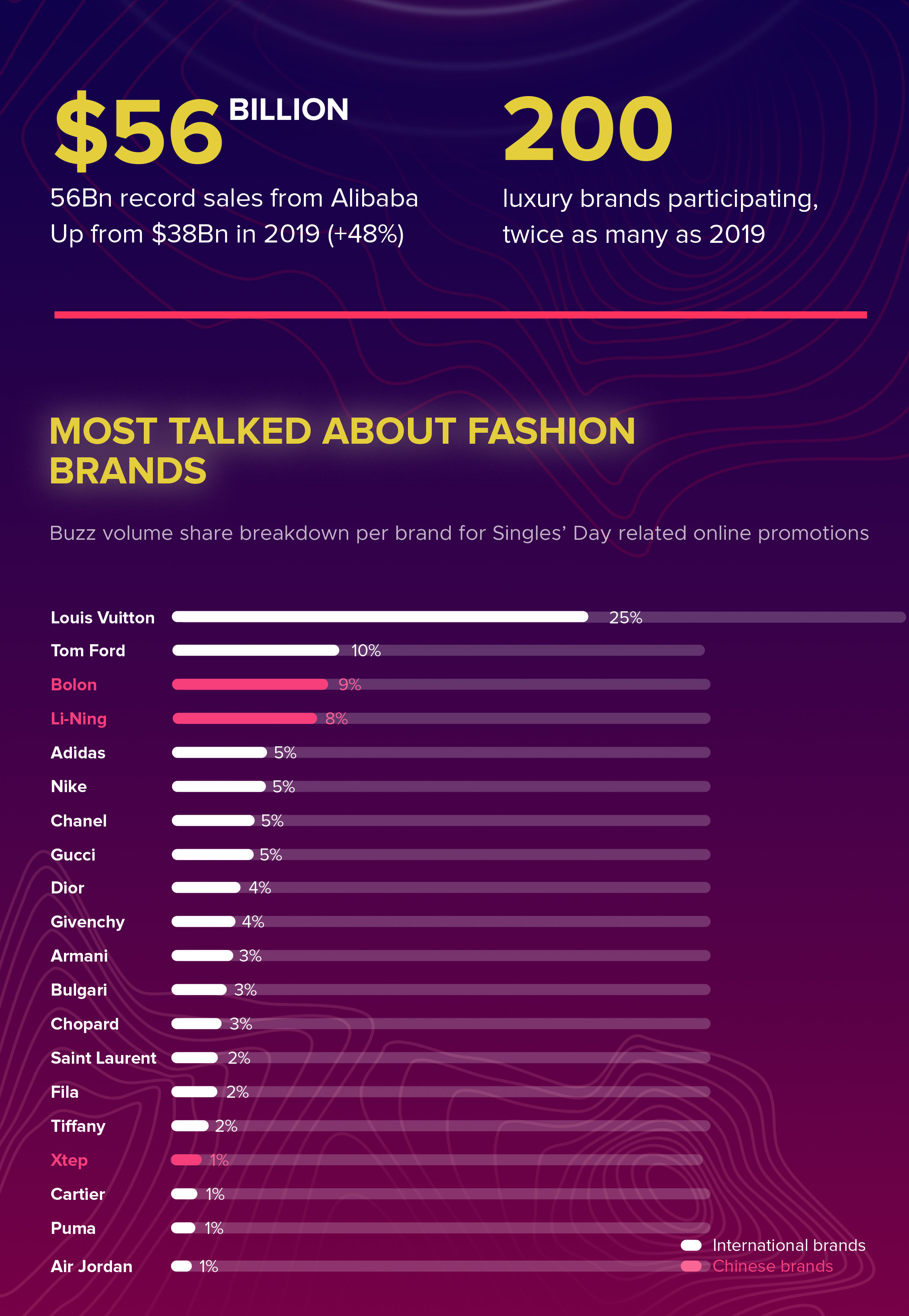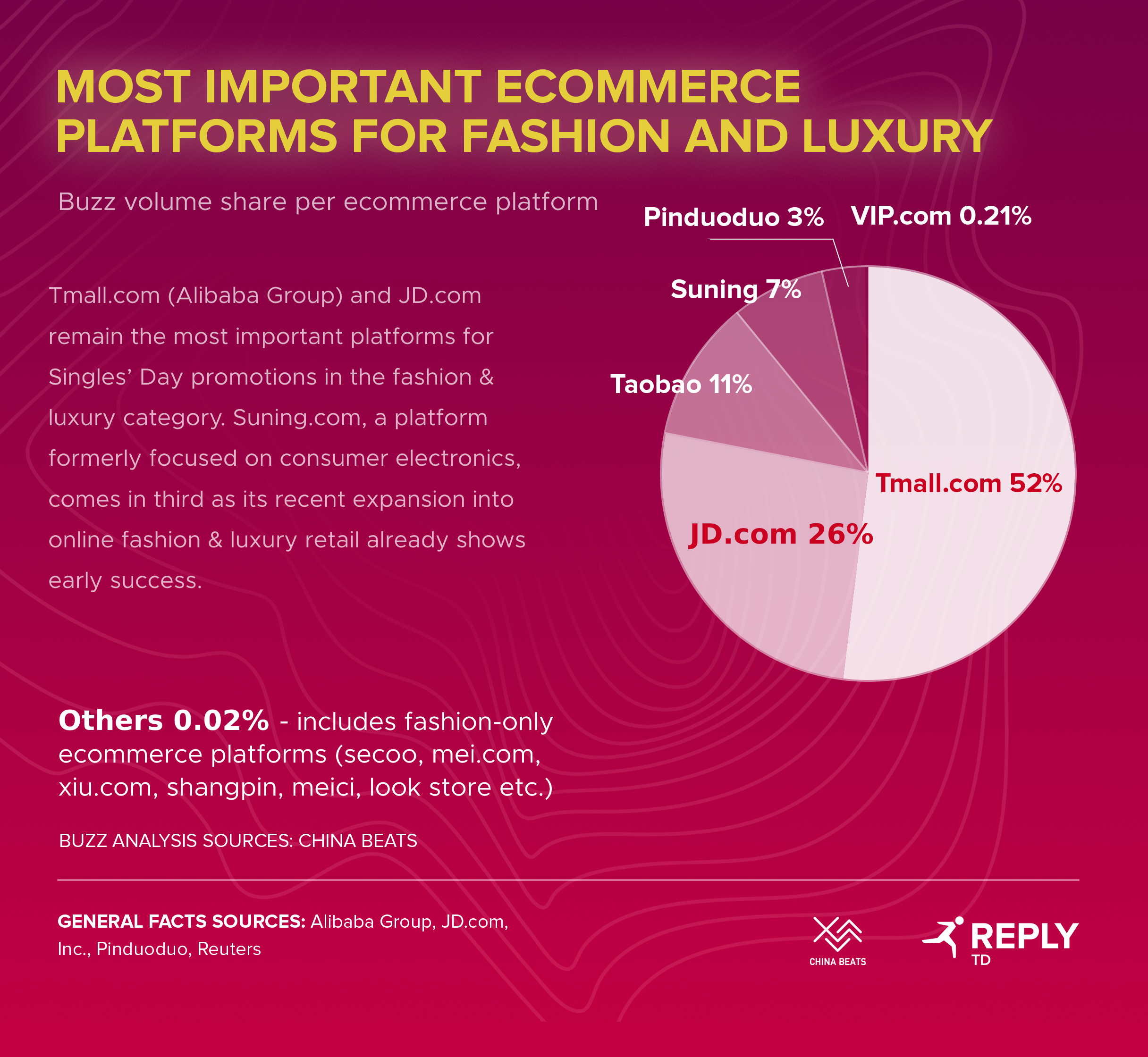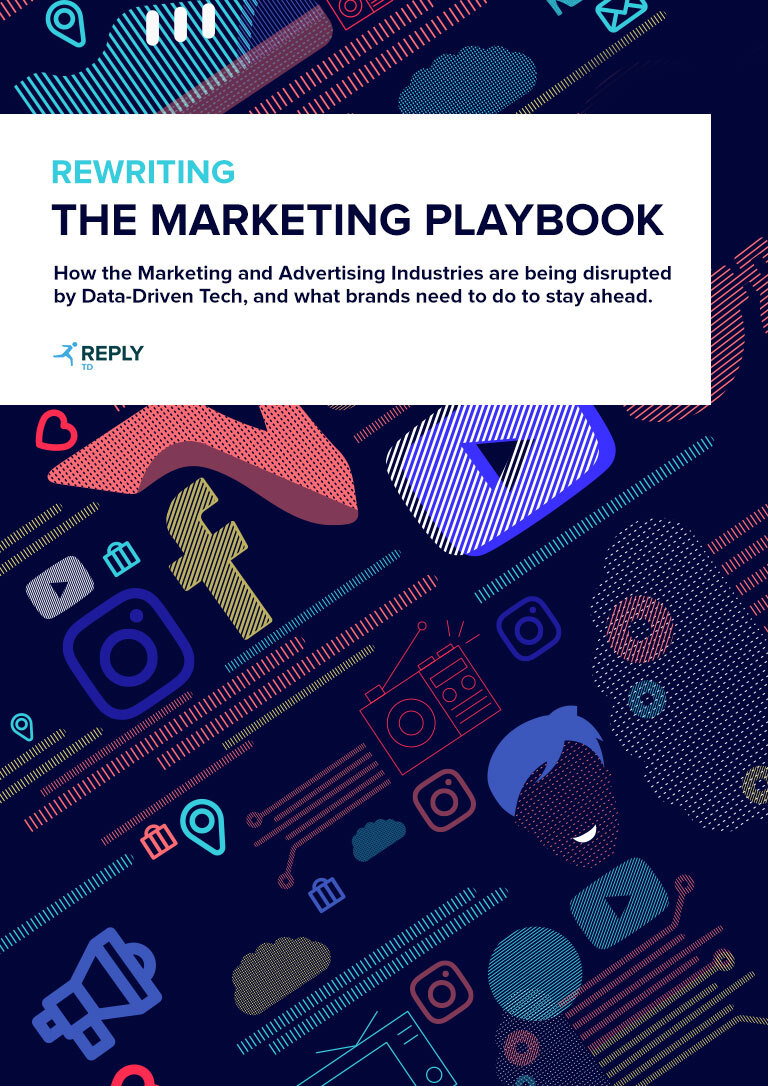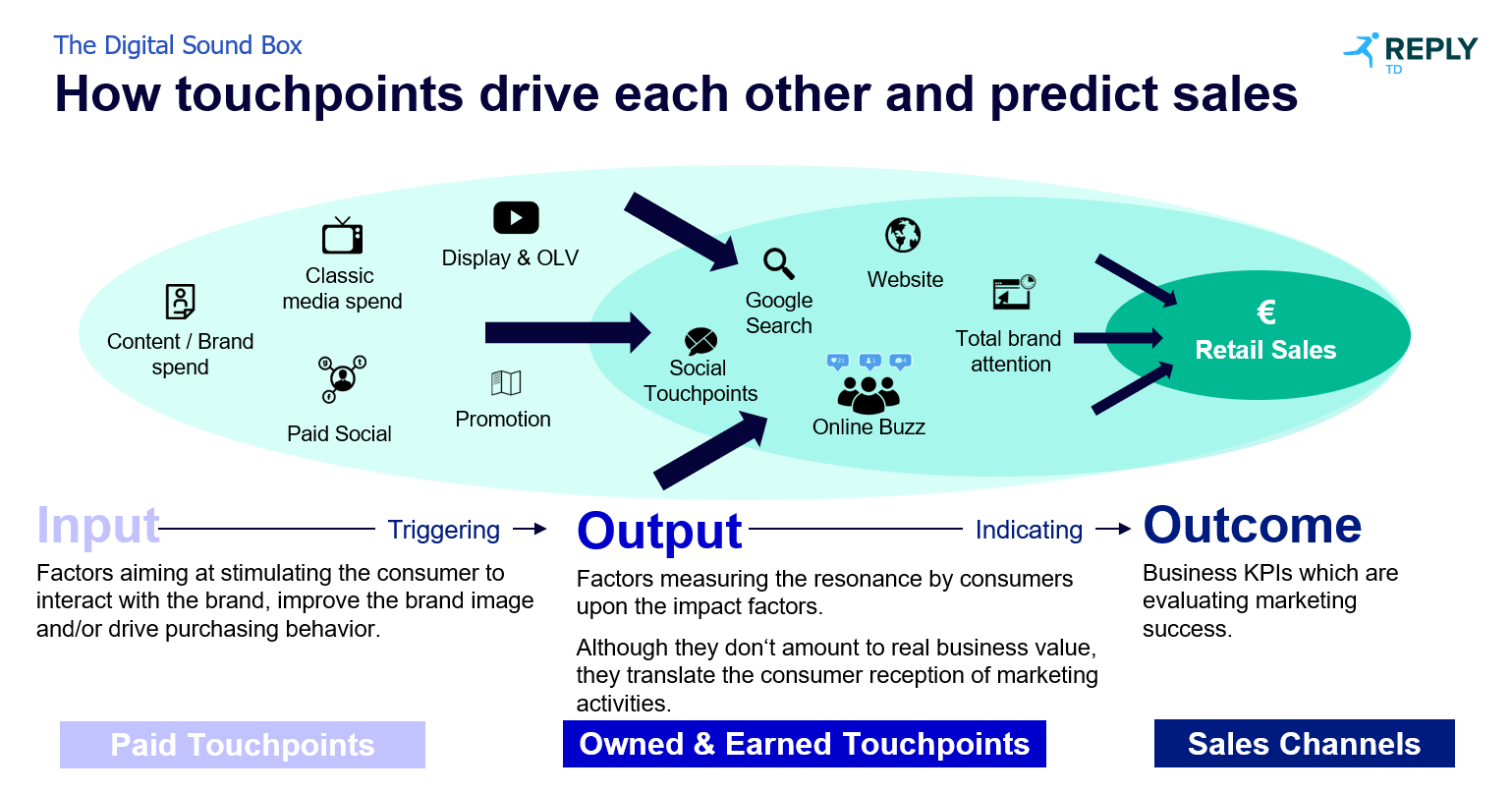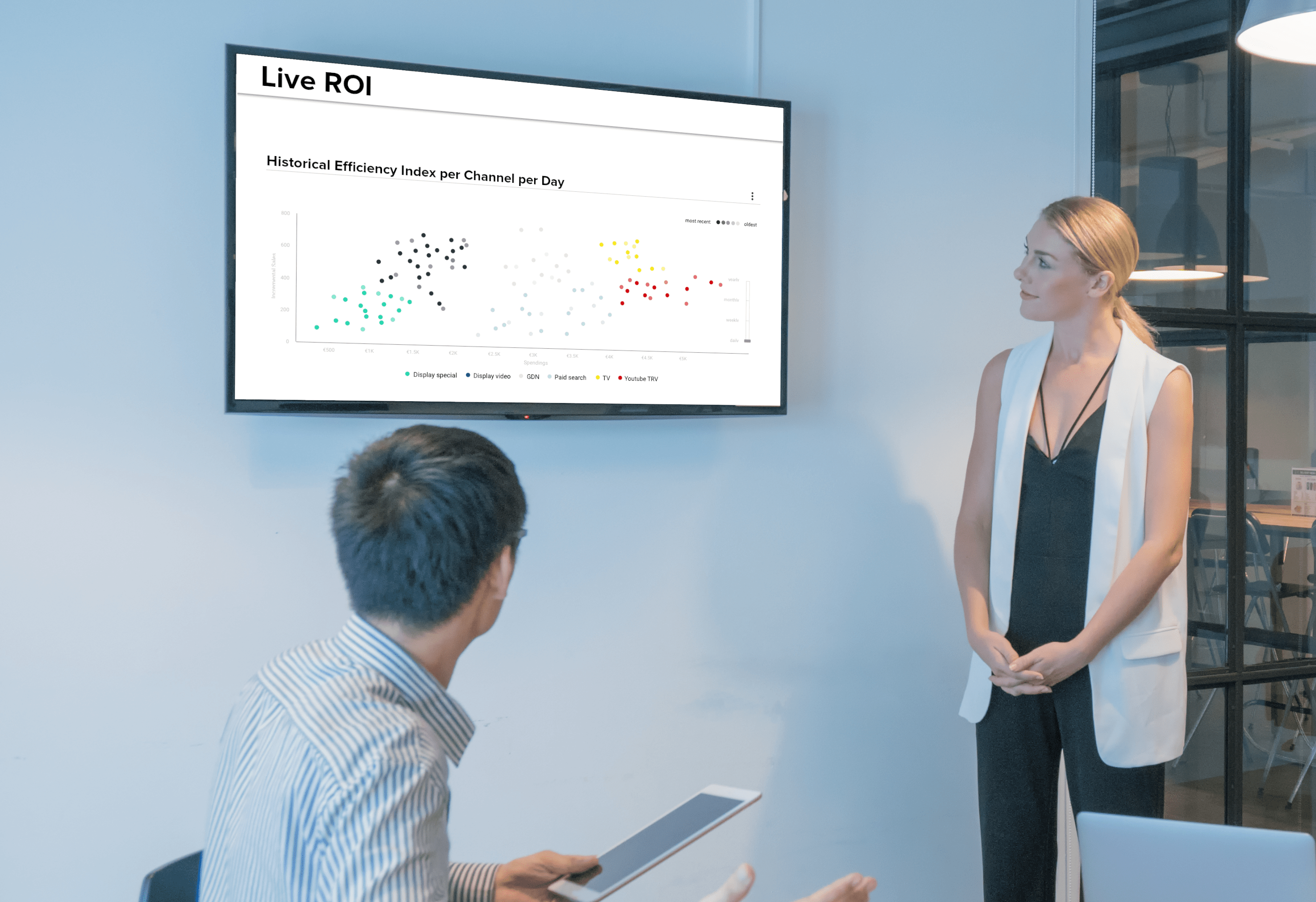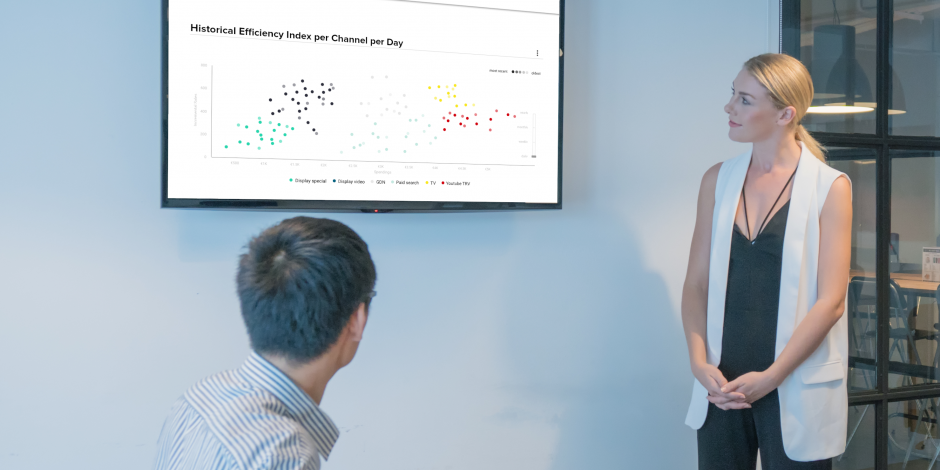This Checklist Will Help You Identify How
Now more than ever – with corporations facing unprecedented pressures to cut costs and increase efficiency due to the COVID-19 crisis – is the right time to start (re-)structuring and (re-)prioritizing the analytics and data solution landscape. To quote Fortune CEO Alan Murray: “The emergence from crisis shouldn’t be thought of as a ‘great restart,’ but rather a ‘great reset.’”
The staggering success of the world’s leading tech giants like Amazon, Tencent and Google gave multinationals across industries reasons to believe that data-centricity is necessary for growth and long-term survival. Consequently, the ‘data is the new gold’ mantra has proliferated within sales and marketing organizations in recent years. This doctrine has seen management consultancies, digital data providers, and market research companies building up a growing movement of data excellence.
Consequently, a multitude of data-centered initiatives are cropping up in the solutions marketplace, some more promising than others. From personal vanity projects with limited business impact, over advanced (though isolated) lighthouse projects heralded by progressive forward-thinking pioneers, to data infrastructure projects likely to be outdated before they are even completed- data is often still sourced by outdated market research kingdoms managed by the great masters of their guild.
On the other side, eager management initiatives striving for homogenization of tracking and visualization solutions as a countermeasure for decentralized centers of excellence and mavericks on market level are also making headway. And finally, ambitious projects trying to copy or even leapfrog digital tech giants, are coming into the picture, but often losing purpose and overestimating their capabilities.
Bootstrapping is long overdue – Cost-cutting can drive innovation
Such projects and their less-than-ideal impact on performance may sound familiar to many readers. Originally driven by good intentions, implementation is often complicated by internal managerial politics, reluctance to innovate, and adherence to previously committed paths.
The COVID-19 crisis not only incited massive cost cutting across most organizations globally, but also demonstrated why management levels need to have a more granular perspective on consumers, markets, and ROIs to steer their ship through the storm. Therefore, organizations must carefully assess existing measures, downsize antiquated and low-value measurement, and identify and fill white spots with lean and innovative data management approaches.
Use the current market contraction to clean-up, restructure, and innovate your data strategy
Of course, there is no universal recipe for success. However, the following guiding questions should open a dialogue of critical reflection of your insights-driven data strategy. Feel free to use the following self-assessment checklist as provocations for your company’s data goals:
THE WHAT – Does your company have clear insight into its business dynamics?
☐ We know exactly what drives our sales.
☐ We have an outside-in focus on customer satisfaction.
☐ We can identify weak spots in the sales funnel.
☐ We are able to use indicative predictions for sales and assess our headroom.
☐ We are able to focus on relevant segments and business upsides, not on pleasing every single customer.
☐ Our data vision can be realistically achieved and fits our long-term market and business needs.
THE HOW – Does your company use the right data analysis methods?
☐ We track our competition on market, brand, segment, product, service and sales channel levels in order to clearly identify our strength and weaknesses.
☐ We have an ongoing focus on our brand positioning and focus on customer-centricity.
☐ Our KPI logic is based on forward-looking indicators, instead of lagging ones.
☐ We leverage digital consumer perception data for continuous time series tracking of our marketing activities.
☐ Our initiatives result in insights that enable learnings and actions and are driving business transformation.
THE WHO – Does your company have agile program and personnel structures?
☐ We have a clearly structured and mandated governance body steering goals, approaches as well as technology and data stacks.
☐ We have a targeted insights distribution – “right insights for the right people”. Remember not everybody needs to be a data analyst.
☐ We build fit-for-purpose teams combining complementary commercial, analytical, and technical skills and perspectives.
☐ We consolidate our agency and service provider landscape to minimize alignment efforts and transaction costs and opt for lean solutions.
☐ We allocate sufficient funds for performance management in relation to what it steers.
☐ Our data insights strategy is optimized from a cost-benefit logic.
☐ We let internal customers pay for insights services to assure a long-term buy-in and determine relevance.
☐ We engage our employees to drive impact through insights and constant learning.
☐ We conduct regular (re)assessments of initiatives and solutions for future implementation success.
☐ We connect and align isolated products step-by-step, staying away from relying on any single technical platform, as it might lead to lock-ins and unnecessary streamlining costs.
Do not miss the opportunity for change
If most of the boxes were left unchecked, action is required. The tailwind of the crisis is the right time to kick-off a business audit and to seize the bootstrapping opportunity – conduct an insights solutions audit, take stock of what metrics are most important, reevaluate your team strengths. Regardless of how you plan to (re)strategize: Make sure to start with the business questions – every data strategy is just the means to achieve those objectives.
